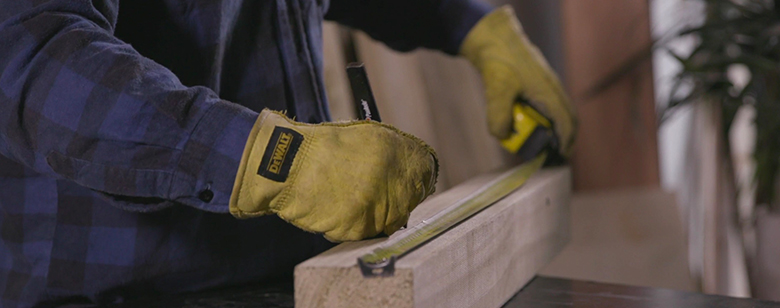
While decks are a popular DIY project, for a lot of people, the different terminologies used to describe the various components of a timber deck can be confusing. Below we have taken a straightforward approach to explaining all the Timber Decking Terminology you are likely to encounter.
- Posts
The vertical pieces of timber in a deck and have a square end-section are known as posts (when you look at the top of the post). They support the structure of the deck. If they are H4 treated they can be concreted directly in the ground. If H3 treated, then they must be installed in a mounting bracket or stirrup bolted to or concreted into the ground.
- Bearers
Bearers bear the weight of the deck. They are usually fitted into notches cut into the posts and then bolted in place. Run your bearers in the same direction as you want you decking boards to run. Bearers can be H3 treated as they shouldn’t be in contact with the ground to ensure good air flow around the deck and preventing moisture build up.
- Joists
On the bearers go the joists. Their job is to support the decking boards. These are usually set at 450 centers which means there is a 450mm span from the centre of one joist to the centre of the next joist. To make sure you choose the right timber size, length and grade for your joists, always refer to the relevant span tables. You can find span tables for single span decking joists in our Timberlink Green Product Guide.
- Decking Boards
The final component of a deck’s construction is the decking boards. Fixed to the joists and running parallel to the bearers, decking boards provide a surface to walk on and lock the joists together. When fixing any treated pine into place always use zinc galvanized or stainless-steel fixings. If you don’t they will corrode and compromise the look and strength of your deck.
Don’t leave any gaps between Timberlink Decking boards as once installed they will dry out slightly creating a gap. For LOSP treated or Dry decking leave a 3mm gap between boards. For more detail on this read our Tips for Building a Better Looking Deck article.
